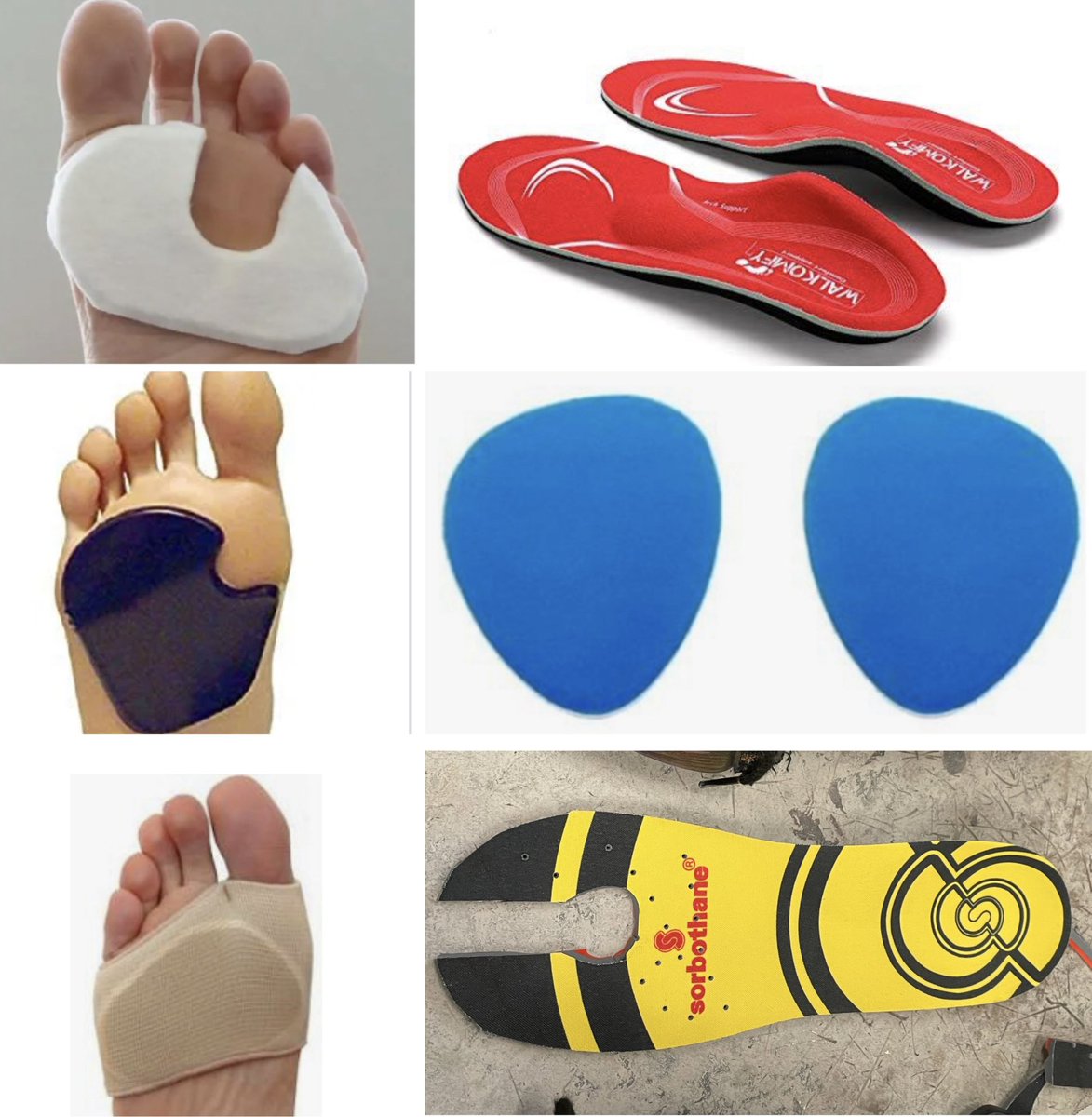
Foot & Ankle Case Study 🦶🏼
Shared with consent ✅
What initial exercises would you give a patient who was reporting ‘weak ankles’ and most importantly, why?
Thread…🧵🪡
1/8
Shared with consent ✅
What initial exercises would you give a patient who was reporting ‘weak ankles’ and most importantly, why?
Thread…🧵🪡
1/8

Female dancer in 8 shows a week. Ankles feel ‘tired’ & ‘achy’ by end of day. No specific pain. Requested exercises to help 🙌🏼
Hx of ankle sprains
Very mobile ST joints
Poor functional endurance IV/EV
⬇️ balance: hip airplane
SLHR: 11 - VERY low
Overuses FDL for SLHR: clawing
2/8
Hx of ankle sprains
Very mobile ST joints
Poor functional endurance IV/EV
⬇️ balance: hip airplane
SLHR: 11 - VERY low
Overuses FDL for SLHR: clawing
2/8
Dancers often resist IV/EV isometrically without issues but when you ask them to use the foot in a more functional way they struggle. Use this exercise as an assessment - any shaking or difficulty maintaining a neutral position = a sign they should include it in their HEP👇🏼 3/8
Dancers generally have good balance. For patients who need higher level Ax, I change their head position/close eyes. The hip airplane is my favourite. Most dancers find the eyes closed version very difficult. I added this as a balance exercise for the dancer in the case study 4/8
Dancers should be able to do >25 SLHRs. 11 was a clear indication this was an area we could work on. She also gripped the floor with her lesser toes after the first 3 = a possible sign of triceps surae weakness & FDL compensation. SLHR + modified heel raises given for HEP 5/8
To further address the lesser toe clawing/gripping (which was also evident in the balance Ax) I gave her ‘Piano Toes’. This encourages use of the intrinsics as the lesser toes press down into the floor when extending the big toe and vice versa 🦶🏼6/8
This gave us 3 exercises as part of her warm up before she performed:
Piano toes | Theraband | Balance
Heel raise ex’s saved for after the show so she wasn’t affected by fatiguing a large muscle group before jumping for 2 hours! Every other day alternating between versions
7/8
Piano toes | Theraband | Balance
Heel raise ex’s saved for after the show so she wasn’t affected by fatiguing a large muscle group before jumping for 2 hours! Every other day alternating between versions
7/8
Obviously these will need to be progressed, so I’ll report back in 6-8 weeks with further exercises if all is going well!
Links to reading/evidence for:
SLHRs:
australianballet.com.au/blog/strength-…
Intrinsics:
ncbi.nlm.nih.gov/pmc/articles/P…
Modified heel raises:
pubmed.ncbi.nlm.nih.gov/33601167/
8/8
Links to reading/evidence for:
SLHRs:
australianballet.com.au/blog/strength-…
Intrinsics:
ncbi.nlm.nih.gov/pmc/articles/P…
Modified heel raises:
pubmed.ncbi.nlm.nih.gov/33601167/
8/8
#LizBayleyPhysio #DancePhysio #Dance #DanceInjury #DanceInjuries #DanceExercise #DanceRehab #DancePrehab #DanceMedicine #DanceScience #Intrinsics #FootStrength #Ankles 🦶🏼
• • •
Missing some Tweet in this thread? You can try to
force a refresh












